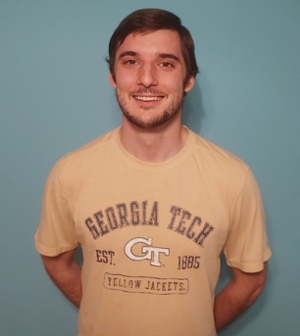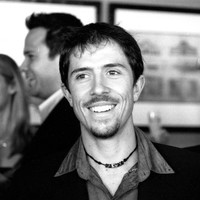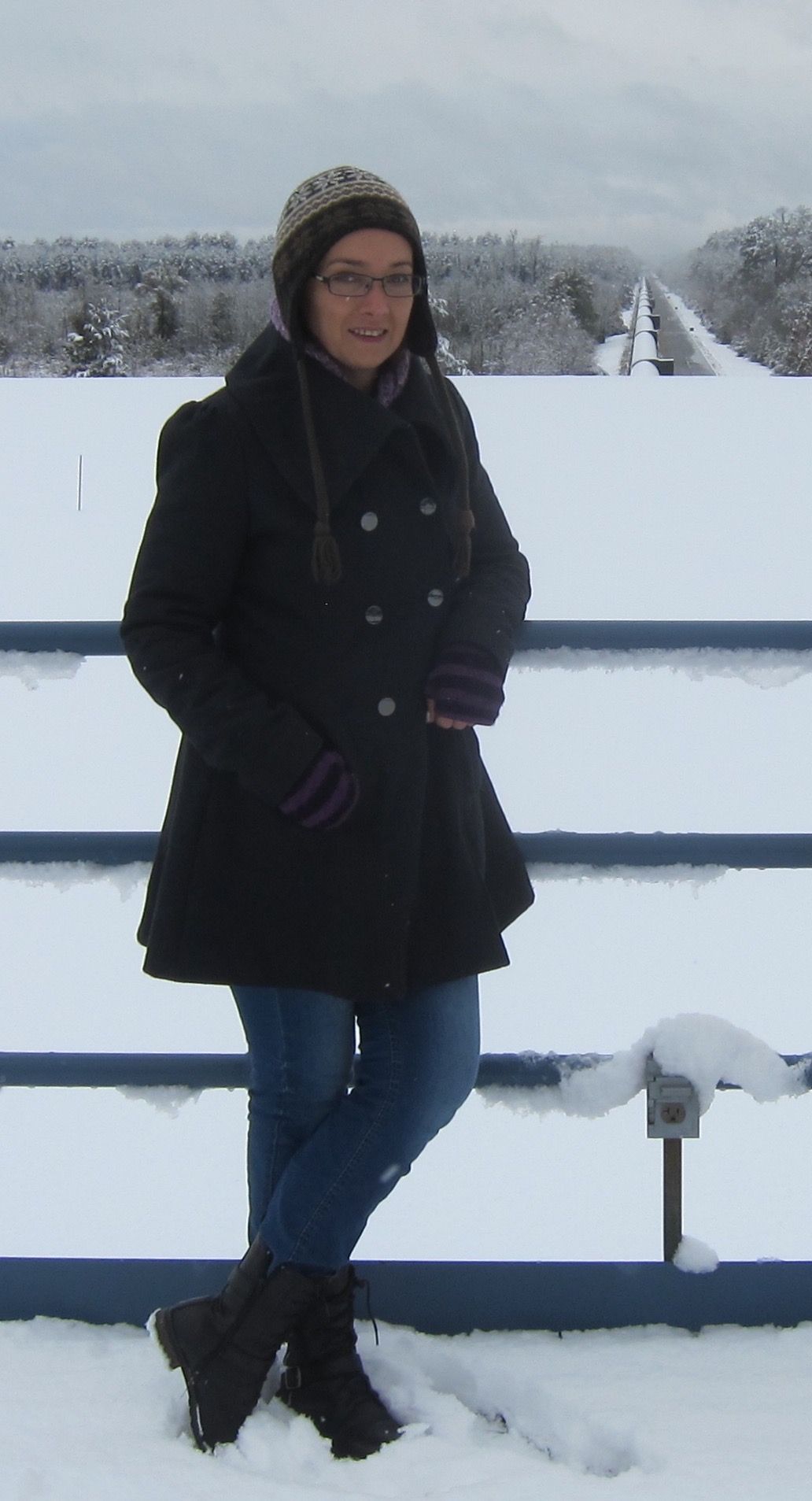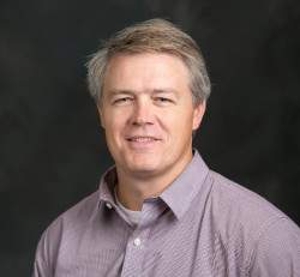Colloquia
Location: Archer Building Auditorium (Room 108)
The Physics department is now officially sponsoring a Colloquium with the invitation of various speakers who work in the fields of physics or physics-related professions to give seminars on a variety of topics.
Upcoming Speakers (2023 )
2023 Autumn: Physics Colloqium Speaker
Dr. Biswajit Mondal, PhD
Marshall Space Flight Center
Huntsville, Alabama
Nanoflare Heating in Coronal X-ray Bright Points
Understanding the heating of the non-flaring solar corona is an active topic of research in heliophysics. It is well accepted that magnetic fields are mainly responsible for coronal heating. The photospheric driver randomly moves the foot-points of the magnetic field lines, and either generates waves or the quasi-static buildup of magnetic energy, depending on the timescale of motion. Heating by the dissipation of the magnetic energy is termed as DC heating while the dissipation of wave is known as AC heating mechanism. Both the AC and DC heating mechanisms can lead to impulsive heating events, termed nanoflares. The magnitude and frequency of these nanoflares determine whether they can adequately satisfy the coronal heating budget. Thus it is of great importance to study the nanoflares properties to validate their role in coronal heating. Individual nanoflares are difficult to detect with the present generation instruments, however their presence can be inferred through indirect observational techniques combined with simulated nanoflare-heated plasma emissions. We combined the observed emission properties of coronal X-ray bright points (XBP) in EUV and X-ray wavelengths with the simulated nanoflare heated plasma to understand nanoflare properties and their contribution in coronal heating. Our results indicate that the heating of coronal XBPs could be explained by frequent nanoflares. Further we demonstrate that the sensitive spectroscopic observations in X-ray wavelength are crucial to diagnose the nanoflare properties.
Date: Monday, November 6, 2023
Time: 3:00 to 4:00 pm
Place: Archer Bldg. Room 108 (Physics Dept.)
Past Speakers
2019
- Mr. Jason Dark - Georgia Tech

Date: Friday, Nov. 8, 2019
Time: 3 - 4 p.m.
Place: Archer Building Room 108 (Physics department)Mr. Jason F. Dark Ph.D. Candidate
School of Physics, College of Sciences
Georgia Tech (Georgia Institute of Technology)Increasing the Signal-to-Noise Ratio of Magnetic Tunnel Junctions by Cryogenic Preamplification
The study of micromagnetics has led to many technological advancements in magnetic storage, magnetic random-access memory and magnetic field sensing. Various techniques exist to measure the magnetization of these particles using superconducting quantum interference devices, the magneto-optic Kerr effect, ferromagnetic microscopy or electron transport. We use electron transport to measure the tunnel magnetoresistance through junctions of small magnetic particles. This talk will present a technique that can increase the bandwidth and signal-to-noise ratio of a TMR signal at cryogenic temperatures. We use a high impedance (~1MΩ) magnetic tunnel junction to simulate a small magnetic particle and incorporate cryogenic preamplification to successfully increase the SNR and bandwidth of the TMR signal at 8 K by factors of 6.62 and 3.87, respectively. The experiment also verified a 1/f noise dependence on the magnetic state of an MTJ. The talk will begin with a short review of the applicable results of micromagnetics, followed by details of the experimental setup and device fabrication. The results of the experiment will be discussed as well as the direction of future research.
Short Bio:
Born and raised in Beaumont, Texas, Jason Dark attended Lamar University and received dual degrees in electrical engineering and physics in May 2015. He continued his education at Georgia Institute of Technology, earning a Master of Science in Physics in Aug. 2016. Currently, Jason is a Ph.D. candidate in the School of Physics at Georgia Tech under the supervision of Dr. Dragomir Davidović. Jason has also received the Department of Energy’s Office of Science Graduate Student Research Award to complete part of his thesis work at Oak Ridge National Laboratory beginning in Jan. 2020.
- Dr. Rafael de la Madrid - Lamar University

Date: Friday, April 26, 2019
Time: 3 - 4 p.m.
Place: Archer Building Room 108 (Physics department)Dr. Rafael de la Madrid
Associate Professor Physics department, College of Liberal Arts and Sciences
Lamar UniversityA Tale of Three Drops
In 2009, in a most celebrated paper, Dr. Rafael Tadmor and co-workers reported a very counter-intuitive property of liquids drops sliding on solid surfaces: a liquid drop hanging from a surface is more stuck to the surface than the same drop on top of the surface. In spite of the attention it drew, there is no accepted explanation for this effect. In this talk, a simple experiment will be presented that suggests a simple explanation for this effect.
- Dr. Edwin L. Piner - Texas State University
Date: Friday, April 5, 2019
Time: 3 - 4 p.m.
Place: Archer Building Room 108 (Physics department)Dr. Edwin L. Piner
Professor
Physics department and Materials Science, Engineering and Commercialization Program
Texas State UniversityHeterointerface Science of Gallium Nitride/Diamond
The performance potential of Gallium Nitride semiconductor Heterostructure Field Effect Transistors is limited by the ability of the material to spread and extract heat generated by the mobile charge in the two-dimensional electron gas during device operation. For example, state-of-the-art performance in current generation GaN HFET commercial devices is on the order of five W/mm (dimensional scaling with gate periphery), while research results have demonstrated 40 W/mm, but with
severely limited lifetime. The development of a practical solution for reducing the thermal resistance is key to improving operational capability and transitioning research results into commercial applications. Multiple pathways for realizing practical solutions to incorporate diamond into GaN FET technology have been investigated. Diamond is the highest thermal conductivity material, although with relatively low heat capacity. Therefore, solutions in which the diamond can be applied closest to the 2deG will most fully take advantage of the appealing material properties of diamond and GaN. The material development aspects of an approach that places diamond directly in contact with the epitaxial GaN material structure will be presented.To Learn More about Dr. Piner's Profile: Dr. Edwin L. Piner
To Learn More about the Piner's Research: Piner Research Group
The Piner Research Group is one of three research groups at Texas Emerging Technology Fund Laboratories for the Material Sciences, Engineering and Commercialization Program for the College of Science and Engineering at Texas State University.
Further Resources of interest:
Material Sciences, Engineering, and Commercialization Program
2018
- Dr. Carl Blair, Ph.D. - Laser Interferometer Gravitational-Wave Observatory

Date: Friday, 5 Oct., 2018
Time: 3 - 4 p.m.
Place: Archer Building Room 108 (Physics department)Dr. Carl Blair, Ph.D.
Laser Interferometer Gravitational-Wave Observatory
Livingston, La.Carl Blair is a current employee at the LIGO facility in Livingston, La. as a post-doc graduate from the California Institute of Technology, and executes research into opto-mechanics and cosmology. The most recent publication under his name is titled: "Preventing transient parametric instabilities in high power gravitational wave detectors using thermal transient compensation."
"One Hundred Years of Gravitational Waves"
The story that leads to the detection of gravitational waves has many twists and turns. Mistakes, retractions, false claims and huge disappointments. In this presentation, interesting parts of this story that explain what gravitational waves are, how they are formed and how we detect them will be highlighted. Gravitational wave detectors have come a long way since the conception of the Boyd-Feynman sticky beads thought experiment of 1957. The intricacies of the Advanced LIGO detectors will be used to describe the core components of contemporary gravitational wave detectors. The incredible transducer that turns the most explosive events in the universe into signals we can interpret via the smallest strain measurements ever achieved. The current detection catalog will be reviewed, highlighting the promise of gravitational wave and multi-messenger astronomy. Finally, an imagined future of gravitational wave astronomy will be explored through the light of the proposed A+, Einstein Telescope, LISA and TianQin projects.
Lamar News & Events: Colloquia – LIGO Scientific Collaboration Publications
Dr. Carl Blair's Most Recent Publication: Journal of Classical & Quantum Gravity
- Anamaria Effler - Staff Scientist at LIGO

Date: Friday, March 23, 2018
Time: 3 - 4 p.m.Anamaria Effler
Staff Scientist at LIGO
Livingston, La.Title: The What, Why and How of LIGO: The challenge of gravitational wave detection
Abstract:
In this presentation, there will be a brief introduction as to how gravitational waves arise from the theory of General Relativity and how LIGO came to be the largest project funded solely by the NSF. A few of the signals seen by LIGO will be discussed and what they mean for astronomy - we now can see phenomena which were hidden from us before, like the collision and merger of massive black holes. In 2017, the Nobel prize in physics was awarded to three of LIGO's founders: Rainer Weiss, Kip Thorne and Barry Barish. On the other hand, the LIGO instruments themselves are an engineering work of art, one of the most precise measurements ever devised. There are two LIGO detectors – one in Livingston, La., and one in Hanford, Wash. They work (as much as possible) in conjunction with Virgo, the French-Italian detector near Pisa, Italy. In order to have seen the signals they've seen, they must be able to measure the difference in their four km arms to about 1 in 10,000th the size of a proton. The goal is to convince you that such a feat is possible, and explain some of the tricks as well as some of the issues faced in the process of achieving our current sensitivity.Lamar News & Events: Colloquia - Science of LIGO: Wrinkles in Time
- Anthony George - Former Physics Student at Lamar University
The inauguration of our Colloquium begins this semester Spring 2018, with a talk by former physics student at Lamar Anthony George, who graduated with a B.S. Physics degree in 1988.
Date: Friday, Jan. 26, 2018
Location: 108 Archer – Physics Building
Time: 3 - 4 p.m.For More Information on Mr. Anthony George: An Entrepreneur's Journey
The Flyer for Mr. George's Talk Inaugural Speaker
